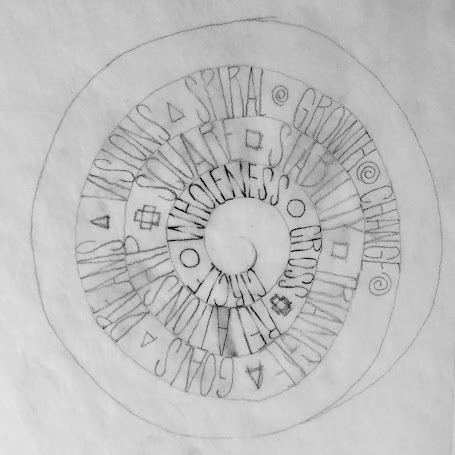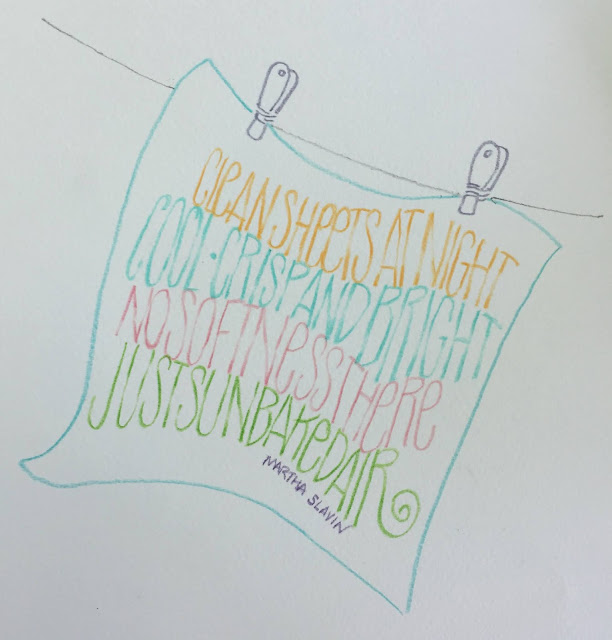"A weed is just a plant that is in the wrong place."
How often do you think of that expression as you pull up the rush of weeds that appear in Spring?
Weeds poke up in so many uninvited places. I use shots of vinegar to spot-kill them where I don't want them. I aggressively go after oxalis that could cover our backyard in no time. And then I laugh when I see a species of oxalis offered at the local nursery. Plant or weed? Even plants that I put in can take over a yard. I'm now cutting back pretty Ajuga, another aggressive grower which I planted, which climbs over other more delicate plants and buries them under its spreading leaves.
Plant or weed? Are they weeds because they have too many stickers, thorns, pants-grabbers, or tendrils that snake out all over the yard, or are they a weed because they are just not beautiful?
We often find volunteers in our yard, some like the rhododendron in the photo, we kept. It is the only one of our Rhodies that still flower each Spring. Plant or weed?
I used to have a small, contained area of Forget-Me-Nots (it's good to pay attention to informal names) that produced summer-long displays of sweet blue flowers. The seeds, though, would catch on gloves, pants, and animal fur. I never saw volunteers in other parts of the yard until I pulled the contained bunch out. Now, even years later, I often see the beginnings of a Forget-Me-Not trying to make its presence felt in the yard. They are persistent.
A walk up the street brought my attention to other weeds. I like the bird's eye view looking down at weeds. They are more interesting from above. I can see the symmetry of the plant. On one part of my walk, the purple flowers in a gathering of tall thistles have begun to bloom. The variegated, thorny leaves keep adversaries away or allow the plant to hitch a ride to another place to grow. They find the smallest cracks in the concrete where they can start again.
 |
| Grass Spider webs |
This week hundreds of spiderwebs, like pieces of lace flung across the grasses, cover the hills. Each web has a small hole or funnel where the spider hides ready to snag any insects fooled by the web. Today the webs caught the dew from the drizzle that made everything outside feel damp.
Too often I've removed something from our yard only to learn later of its worth. That is why I've stepped around two mating snails this morning. Usually, I pick them up and toss them over the fence into the fields beyond or into the street because in large numbers they can be so destructive to delicate plants. Because of their antioxidant properties, many cultures consider them a delicacy I've never been interested in that particular culinary experience, but some years I feel that our yard, especially in Spring, is a snail farm.
Four good writers about gardening and being in nature:
Beverley Nichols, Rhapsody in Green (the best of his many books)
Stanley Kunitz, The Wild Braid
Dominique Browning, Paths of Desire
Sam Keen, Sightings




























